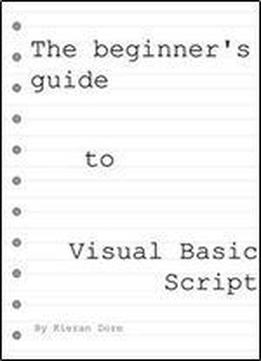
The Expression Parser analyzes your SELECT statement and constructs the outline of a function, Generate, in which you can conduct additional processing of the query results. The following example uses if and else statements: The else part of the statement represents a different condition that you want to apply to the symbolization and labels. The if part of the statement contains the feature attribute and the array of values you want to use in the condition.


The conditions for symbolization and text strings are determined using if and else statements. If you only have one or two fields from your feature classes available for selection, only those appear in the Expression Parser dialog box for the visual specification. The fields available for use with the expressions are based on the fields included in the SELECT part of your SQL statement. However, they are not required for calculated representations. VBScript expressions must be defined when you are creating rules for calculated fields. For example, you can assign features with one subtype of one symbol and features with another subtype of a different symbol. The script provides you with a way to assign symbols to SQL query results based on additional conditions (programmatic expressions). You can define the calculated representation using only an SQL query, or you can also use a script to further refine the way features are symbolized.

Scripts constructed using Visual Basic Scripting Edition (VBScript).



 0 kommentar(er)
0 kommentar(er)
